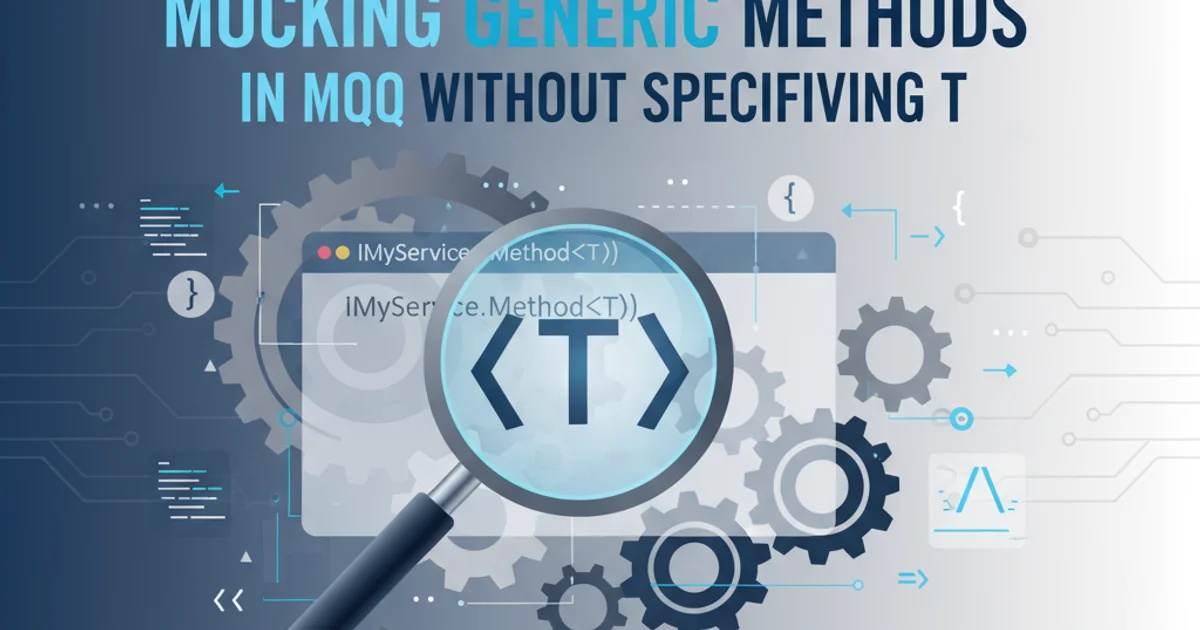Why not use instanceof operator in OOP design?
Categories:
Why the 'instanceof' Operator Can Be Problematic in OOP Design

Explore the pitfalls of using the instanceof operator in Object-Oriented Programming and discover better design alternatives for robust and flexible code.
The instanceof operator, while seemingly useful for checking an object's type, often signals a design flaw in Object-Oriented Programming (OOP). Its frequent use can lead to brittle code, violate core OOP principles, and make systems harder to maintain and extend. This article delves into why instanceof is generally discouraged and presents superior design patterns and techniques to achieve the same goals more elegantly.
Violating the Open/Closed Principle
One of the primary reasons to avoid instanceof is its direct violation of the Open/Closed Principle (OCP), a cornerstone of SOLID principles. OCP states that software entities (classes, modules, functions, etc.) should be open for extension, but closed for modification. When you use instanceof, you're typically writing conditional logic that depends on specific types. If you introduce a new subtype, you often have to go back and modify all existing instanceof checks, which means your code is not closed for modification.
public class ShapeProcessor {
public void processShape(Object shape) {
if (shape instanceof Circle) {
Circle circle = (Circle) shape;
circle.drawCircle();
} else if (shape instanceof Rectangle) {
Rectangle rectangle = (Rectangle) shape;
rectangle.drawRectangle();
} else {
throw new IllegalArgumentException("Unknown shape type");
}
}
}
// To add a new shape (e.g., Triangle), you must modify ShapeProcessor.
Example of instanceof violating the Open/Closed Principle.
flowchart TD
A[Client Code] --> B{Is shape a Circle?}
B -- Yes --> C[Draw Circle]
B -- No --> D{Is shape a Rectangle?}
D -- Yes --> E[Draw Rectangle]
D -- No --> F[Error: Unknown Shape]
F -- New Shape Added --> G[Modify Client Code]Flowchart illustrating how instanceof forces modification when new types are introduced.
Breaking Polymorphism and Encapsulation
OOP's power lies in polymorphism, allowing objects of different types to be treated through a common interface, and encapsulation, which hides internal implementation details. instanceof undermines both. By checking the concrete type, you're essentially trying to figure out an object's internal structure or behavior from the outside, rather than relying on its defined interface. This leads to procedural-style code within an object-oriented context, where the client code dictates how an object should behave based on its type, instead of the object itself deciding its behavior.
public interface IShape {
void Draw();
}
public class Circle : IShape {
public void Draw() {
Console.WriteLine("Drawing a Circle");
}
}
public class Rectangle : IShape {
public void Draw() {
Console.WriteLine("Drawing a Rectangle");
}
}
public class BetterShapeProcessor {
public void ProcessShape(IShape shape) {
shape.Draw(); // Polymorphic call
}
}
// Adding a new shape (e.g., Triangle) only requires implementing IShape, no modification to BetterShapeProcessor.
Using polymorphism to avoid instanceof and adhere to OCP.
Alternatives to 'instanceof'
Instead of relying on instanceof, consider these more robust and flexible OOP design patterns and techniques:
- Polymorphism: The most common and effective alternative. Define a common interface or abstract base class with methods that encapsulate the varying behavior. Each subtype implements these methods according to its specific needs.
- Strategy Pattern: When behavior varies significantly and can be encapsulated into separate objects, the Strategy pattern allows you to define a family of algorithms, put each into a separate class, and make them interchangeable.
- Visitor Pattern: Useful when you need to perform new operations on an object structure without modifying the classes of the elements on which it operates. This is particularly effective for complex object hierarchies where new operations are frequently added.
- Template Method Pattern: Defines the skeleton of an algorithm in an operation, deferring some steps to subclasses. This allows subclasses to redefine certain steps of an algorithm without changing the algorithm's structure.
- Null Object Pattern: Instead of checking for
nullor an 'empty' type, provide a Null Object that implements the same interface but performs no action or provides default behavior.
classDiagram
interface IShape {
+Draw()
}
class Circle {
+Draw()
}
class Rectangle {
+Draw()
}
class Triangle {
+Draw()
}
IShape <|.. Circle
IShape <|.. Rectangle
IShape <|.. Triangle
class ShapeProcessor {
+ProcessShape(IShape shape)
}
ShapeProcessor --> IShape : usesClass diagram illustrating polymorphism as an alternative to instanceof.
instanceof has its place in very specific scenarios (e.g., type checking in a framework's core, or deserialization logic), its general use in application-level business logic is a strong indicator of a potential design smell. Always question its necessity and seek polymorphic solutions first.